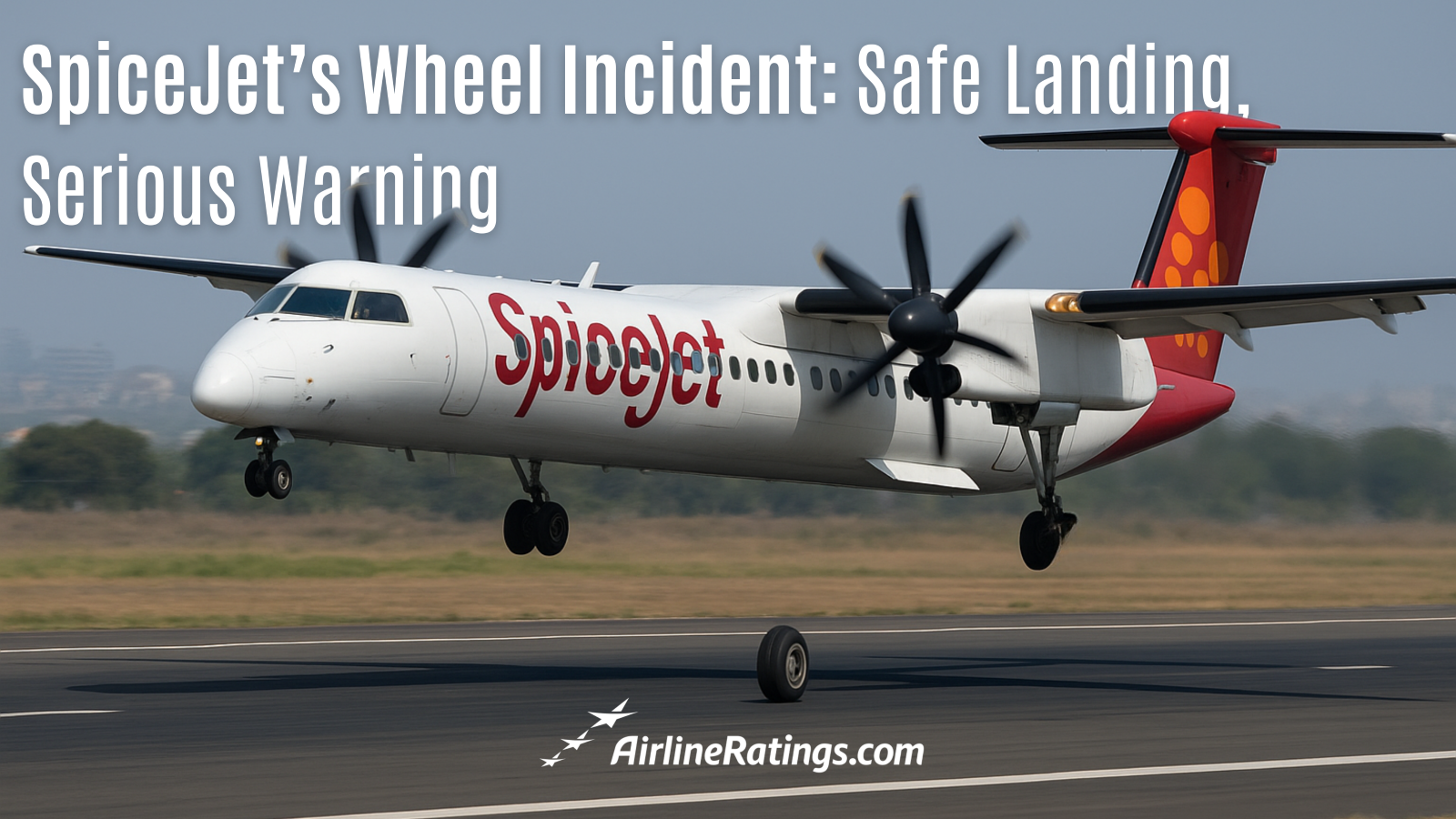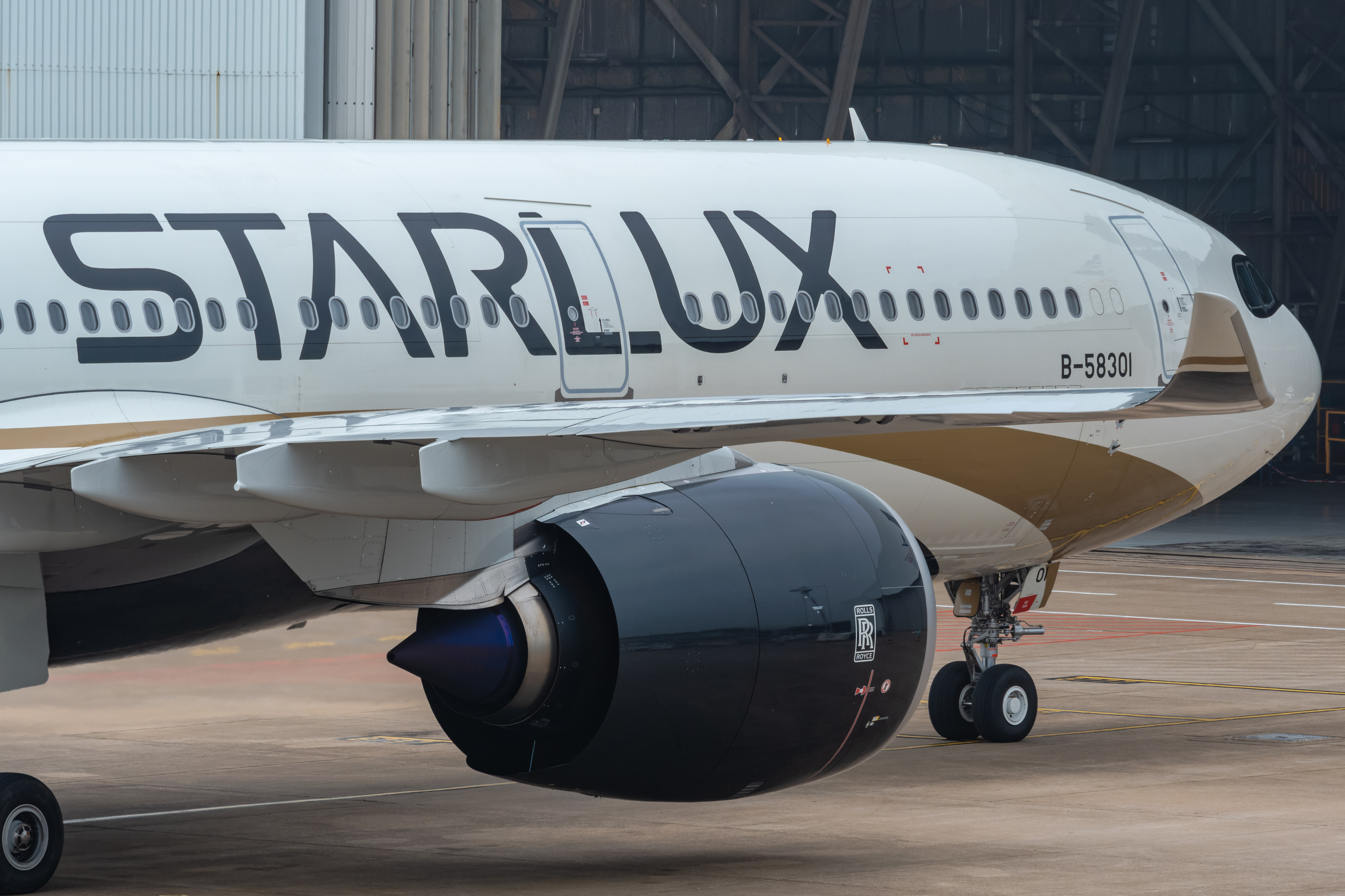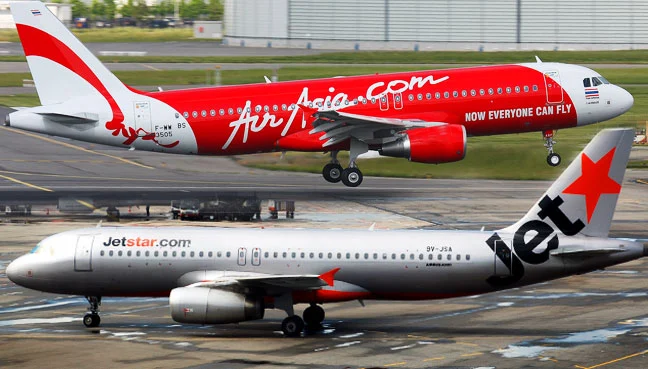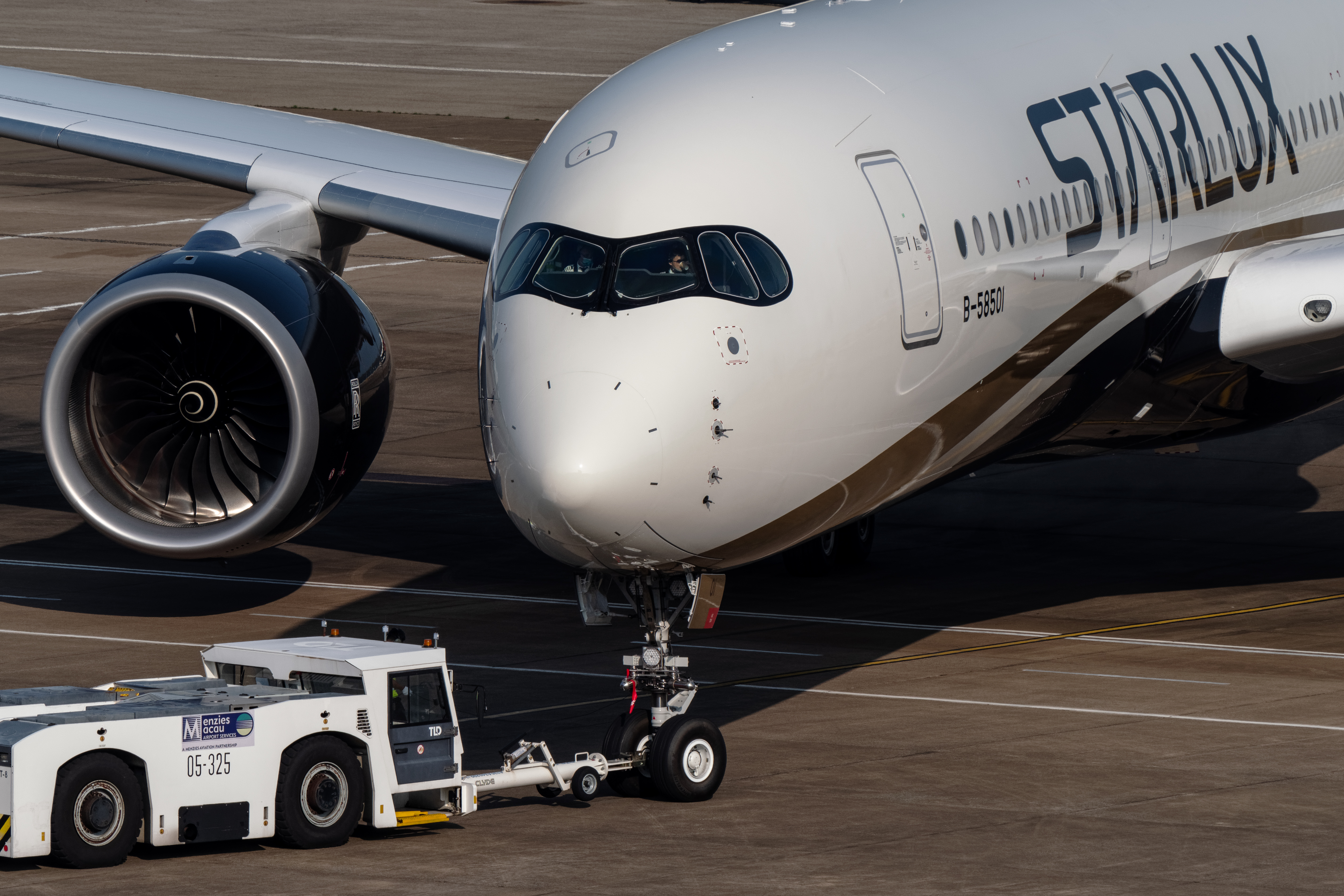
By Dev Lunawat
Published Wed Sep 17 2025
On 12 September 2025, a SpiceJet Bombardier DHC-8-400 (Q400) operating Kandla–Mumbai (flight SG2906) with 75 people on board lost an outer main-landing-gear wheel shortly after takeoff. Air traffic control at Kandla observed the wheel on the runway and notified the operating crew. The flight continued to Mumbai where a full emergency landing was declared.
Video and eyewitness reports of the wheel detaching were widely circulated and can be seen below.
What likely happened?
Early reporting and recovery of the wheel and associated metal rings suggest a mechanical separation of the wheel assembly. Possible causes include failed locking/retention hardware, incorrect installation, or component fatigue/corrosion. Investigators (DGCA/AAIB) will examine maintenance records, recent work on the right main gear, and the component’s service life. At this stage, the cause has not been publicly confirmed.
Why this isn’t just an “unfortunate” blip
Losing a wheel in flight is inherently serious because landing-gear integrity is fundamental to safe takeoff and landing. A missing wheel can:
● Change load distribution on touchdown and lead to gear collapse, fire, or runway excursion.
● Damage hydraulic or braking systems if fragments strike other parts.
● Endanger people and equipment on the ground when parts fall off the runway or taxiways.
That the aircraft did land safely this time reflects good airmanship and a measure of luck, but it’s not proof there isn’t an underlying systemic problem. Aviation safety treats these as near-misses that must prompt root-cause investigation and corrective action, not only reassuring press statements.
Why the wider picture matters for SpiceJet (and Indian aviation)
This incident arrives against a backdrop of regulatory scrutiny and financial strain in recent years:
● The DGCA previously pulled up SpiceJet for safety oversight and maintenance shortcomings (notably in 2022), saying internal safety controls had degraded. Those public admonitions remain a crucial context for any fresh technical failure. (Reuters)
● In the months before this event, reporting flagged premature propeller failures on some Q400s operated by the airline and questions over whether recurring snags were being fully addressed rather than masked by temporary fixes. That history raises concern about systemic maintenance practices.
● Separately, SpiceJet recently announced a settlement with Carlyle Aviation Partners that unlocked about $79.6m in cash maintenance reserves and $9.9m in credits, a material liquidity boost intended to shore up maintenance funding and lease obligations. That inflow is relevant because constrained cash can pressure maintenance choices; conversely, the funds should reduce such risk if they are deployed transparently for maintenance programmes. (ETInfra.com)
What investigators and regulators will want to know
● Was the wheel assembly recently serviced, removed, or reinstalled, and by whom?
● Are there maintenance-provider or supply-chain issues (incorrect parts, undocumented repairs)?
● Do records show deferred maintenance or recurring discrepancies on Q400 gear components?
● Was the aircraft airworthy under the applicable maintenance release when it departed Kandla?
Regulators will also check whether operational decisions (crew choice to continue to Mumbai) complied with procedures and whether airport selection was prudent given available runways and emergency services.
Why this should matter to passengers and policy-makers
Incidents that point to maintenance or oversight gaps are not just airline problems, they are systemic risks that can erode public confidence and raise insurance, regulatory, and infrastructure costs. Indian aviation has expanded fast; preserving safety margins now requires both rigorous oversight and transparent industry practices so that liquidity injections translate into demonstrable maintenance and compliance improvements. The Carlyle settlement is a positive financial step, but it must be matched by audited maintenance outcomes and regulatory verification.
Bottom line
The Kandla–Mumbai wheel-loss was handled without injuries, but it’s a wake-up call. The technical cause is still under investigation, and the most important tests now are 1. A full, transparent root-cause report, 2. Visible corrective maintenance action across similar aircraft, and 3. Continuing regulatory scrutiny to ensure funds and processes are directed toward safety, not just balance-sheet fixes.
Indian aviation’s rapid growth depends on meeting that standard: passengers will tolerate delays and higher costs, not compromised safety






